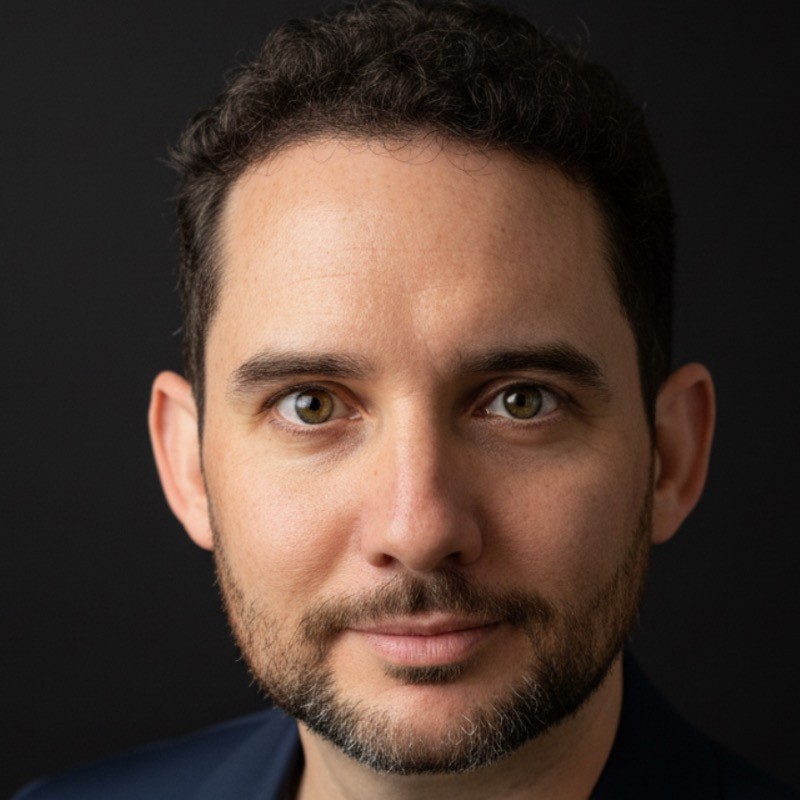

There’s no shortage of opinions in the generational standoff over housing in Australia. Millennials are sure they have it tougher, Boomers insist it was harder “back then,” and every cocktail party eventually spirals into a debate over who actually got the short end of the property stick. The truth is, the numbers tell a story that’s a lot less black-and-white than most would like to admit.
After uploading this week’s episode of Switzer Investing TV to YouTube last night (it’s very good, you should watch!), a comment on our channel caught my eye.
A conversation Peter was having on the channel about home loan interest rates yesterday struck a chord with Martee888 who said:
“I wonder why people are so concerned about interest rates because I am old enough to remember in the 1980s rates were over 12% and peaked about 16% in 1990.”
It’s easy for the Millennial in me to want to jump on my soapbox at that comment with my usual stump speech. Housing is more expensive now, the cost of living is insane, homes could be bought in the 1990s with little more than a good handshake and a smile. All that jazz.
But before firing the latest salvo in this nation’s endless generational war, I decided to do something many of my Millennial brethren probably skip: I decided to do a little more research.
What I found made me want to try and settle this one as best I could.
The story of housing in the early 1990s is impossible to tell without confronting the monster in the room: interest rates. In 1990, the Reserve Bank’s official cash rate peaked at a staggering 17.5%, the highest on record for Australia. But, why? How could that be allowed to happen?
The late 1980s had been a boom era, with easy credit, fast-rising property prices, and a speculative fever that spilled over into the stock market and real estate. By 1989–1990, inflation was running red hot and the government slammed the brakes, using sky-high rates to cool the economy. They succeeded, perhaps too well, tipping Australia into a painful recession.
For home buyers, this meant brutal mortgage repayments, even on what today would be considered modest loans.
The average home loan balance in 1990 hovered around $67,700. The typical full-time annual wage was about $27,000. Using these numbers, a principal-and-interest mortgage at 17.5% over 25 years would’ve cost about $990 per month in repayments. That’s around 44% of the average pre-tax income going directly to servicing the loan. These days, Australian banks class "mortgage stress" as a scenario where more than 30% of your household budget goes to housing. So, yeah, I guess you could well and truly call it "a stressful time" to own a home.
Still, there were a few saving graces. House prices were much lower in absolute terms and, crucially, as a multiple of income. In 1990, the median house price in Sydney was about $194,000. In Melbourne it was $137,000. These amounts, while daunting at the time, meant the average home could be bought for 3–4 times the average annual wage.
Most buyers could afford a detached house, not a one-bedroom apartment, and land supply was less of a choke point in the cities than today.
So while high interest rates made home ownership a serious test of nerve and cashflow, the “cost of entry” to get on the property ladder was lower, both in real and relative terms.
Admittedly, your wallet took a pounding every month, but at least you didn’t have to sell your soul to get a foot in the door.
If you lived it, I know it was tough no matter what the numbers say to make up for the struggle. Don't take up arms against me yet, reader.
There's another side to this coin, after all.
Fast-forward to 2025 and the landscape has been flipped on its head.
Interest rates may look tame in comparison (today’s average new owner‑occupier mortgage sits at around 5.7% p.a.) but the size of the mountain borrowers need to climb has become Everest-esque.
The average new home loan balance in Australia now hovers just below $680,000. Sydney’s median house price is back over $1.4 million, with Melbourne and Brisbane not far behind.
At the same time, the average full-time wage is about $104,000 per year. That means the median house price is now roughly 13–14 times the average annual income in Australia’s largest city, up from just 4–5 times income in 1990.
Even for a “starter” apartment, prices often exceed half a million dollars.
Getting a deposit together is its own saga. With lenders requiring at least a 20% down payment to avoid lenders mortgage insurance, young buyers in Sydney are looking at scraping together $200,000–$300,000 before they even set foot at an auction.
For many, that means a decade or more of saving. And even then, the goalposts are constantly moving. The average saver these days is battling rent rises, stagnant wage growth, and the cost of living that just keeps climbing thanks to what the RBA calls "sticky" inflation. No matter what Michelle Bullock labels it, any young person would call it a pain in the proverbial.
The shape of housing itself has changed, too. Where the dream in 1990 was a freestanding house with a backyard, new buyers in 2025 are far more likely to be squeezed into smaller apartments, units, or townhouses. ABS data shows the average new home size is shrinking, and supply simply isn’t keeping up with demand. A report came out just last week that to lower the cost of Australian housing to the point that people on average incomes could afford it again, the government would need to figure out how to build an additional 1.2 million homes right now. That's over 11% of all property currently in Australia that we're short as you read this.
Population growth, planning restrictions, and the rise of the “investor class” have left first-home buyers fighting for a dwindling share of properties, often at record prices.
But here's the real number for our debate. Despite interest rates being less than a third of what they were in the 1990s, today’s borrowers still spend around 50% of their pre-tax income on repayments. Add in utility bills, groceries, childcare, and transport that are all rising faster than wages? It's clear the game has changed.
For many, just getting through the door is the real victory.
If you strip away the nostalgia, the “back in my day” war stories, and the righteous indignation, the numbers reveal a simple truth: owning a home in Australia has never really been easy. For anyone. The difference is in the obstacles you faced, not whether those obstacles existed at all.
It’s tempting as a Millennial or Gen Z to look at old newspaper ads showing a Sydney house for $150,000 and scoff at how easy Boomers must have had it. But context is everything.
The brutal reality in 1990 was that monthly mortgage repayments could swallow nearly half your income. High interest rates meant the cost of debt was a daily threat. One small shock, a lost job or a rate rise, and you were in trouble. Yet, the hurdle to get a start was far lower: the average house cost around three or four times the average wage, and most people could save a deposit within a few years.
Today, the story is inverted. Interest rates are historically low, but property prices and loan sizes are off the charts. That $1.4 million median house price in Sydney is more than 13 times the average wage. It means the real barrier isn’t the cost to service a mortgage, it’s getting a toe on the property ladder in the first place.
Deposits are daunting, rent soaks up would-be savings, and the actual homes available are often smaller and less family-friendly than they were a generation ago.
Meanwhile, almost 50% of pre-tax income for new buyers still disappears into mortgage repayments, even at low rates. Factor in higher living costs, slower wage growth, and a chronic housing shortage, and the struggle takes on a new dimension.
If you really want to compare “who had it easier,” you have to ask: what did it take to get in the door, and how much of your life did the mortgage claim, once you were inside?
In 1990, it was hard, but possible. In 2025, it’s possible, but much harder, and for many, simply out of reach.
There’s another wrinkle too: time. Homeowners from the 1990s have enjoyed three decades of falling rates and a property market that’s mostly gone sky high thanks to the rise of the investor and property becoming this country's national sport.
According to RBA data, the average interest rate paid by a mortgage-holder over the last 35 years (from 1990’s peak to today) works out to around 3.9% p.a.. For anyone who bought early, survived the rough years (genuinely, well done), and held on, the reward has been extraordinary equity growth and much lower repayments over time. That’s an advantage today’s first-home buyers can only dream about, as Millennials and Gen Z stand to end their lives as the first generation to significantly end their run economically worse-off than the generations that came before them.
As I come to a sort of generational dead-heat, I started to realise who the real winners are here. Like in any war, you look at who profits, and you find some clarity.
It's the banks.
The Commonwealth Bank alone has posted a cumulative profit in excess of $200 billion over the last 35 years, with annual profits routinely topping $10 billion in recent years. Profit. Not revenue.
Over the last 30-50 years, the property game has been good to the lenders, regardless of which generation is signing the mortgage papers.
It's the reason they probably don't mind us fighting about this. It's the same as billionaires watching those living on the minimum wage (if they even can these days) fight those who make $300,000 a year. The real enemy is much higher up the ladder than both parties trading blows.
It's easy to blame each other in YouTube comments and at family barbecues, the uncomfortable truth is that the system itself is built to make buying a home a struggle, no matter the decade.
And as long as that’s the case, the argument over “who had it easier” is mostly academic. Because generational war never changes.